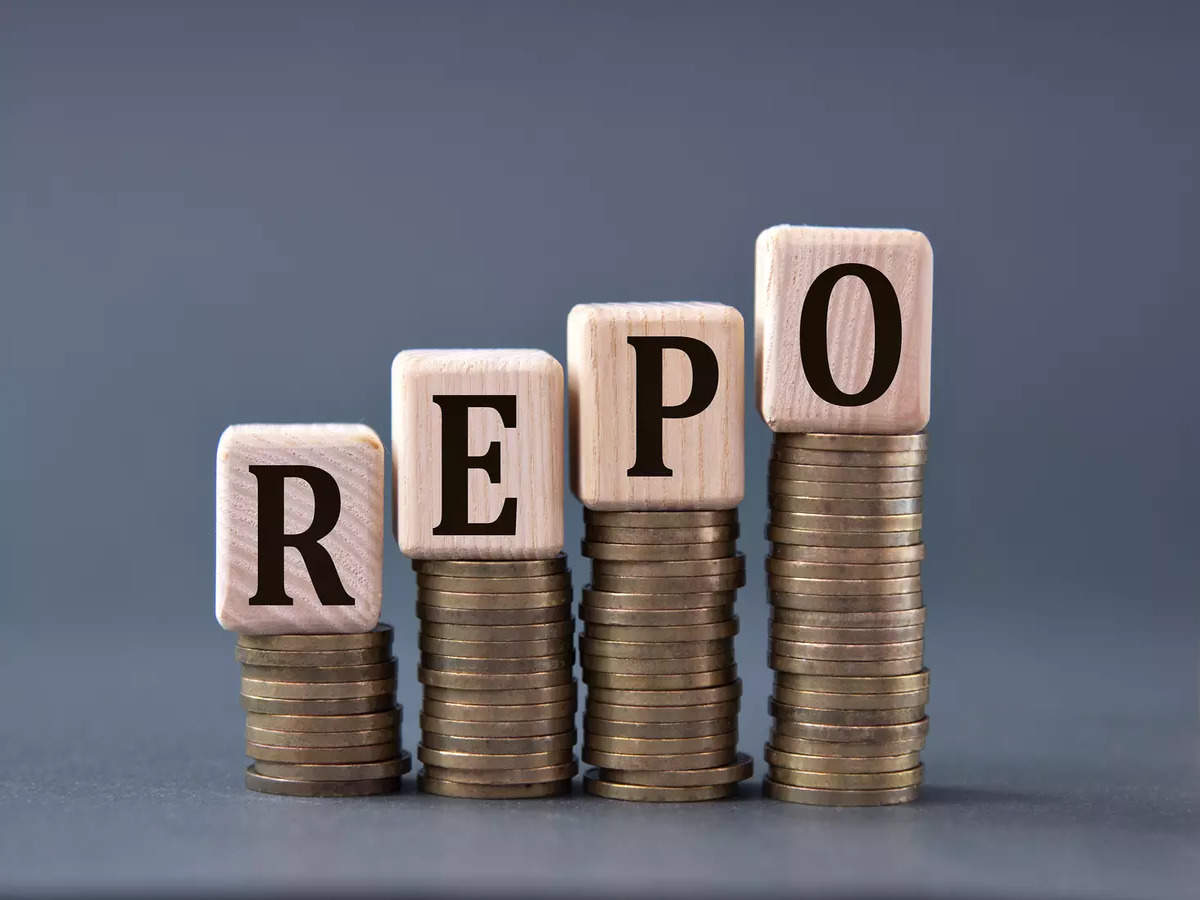
Influencing Financial Decisions: Decoding the Impact of RBI Repo Rate
In the Indian financial market, the Reserve Bank of India’s (RBI) Repo rate has a significant impact on the economy. Many investors and borrowers track this rate as it decides the cost of borrowing and lender’s interest income. In this article, we will decode the impact of RBI repo rate and how it influences financial decision making.
What is RBI Repo Rate?
The repo rate is the rate at which the Reserve Bank of India lends money to banks when they face a shortage of funds. In other words, it is the rate at which banks borrow funds from the RBI. When the RBI hikes the repo rate, it becomes expensive for banks to borrow money from the RBI, and they, in turn, increase the interest rate on loans for customers. On the other hand, when the RBI cuts the repo rate, banks can borrow money from the central bank at a lower cost, leading to a decrease in interest rates on loans offered by the banks.
The current repo rate set by the RBI is 4%. The RBI reviews its monetary policy six times a year to decide the repo rate based on various macroeconomic factors like inflation, GDP growth, currency exchange rate, and global oil prices.
Impact of RBI Repo Rate on Investors
The RBI repo rate not only impacts borrowers but also investors. When the RBI hikes the repo rate, it leads to an increase in fixed deposit interest rates, bond yields, and other fixed-income products. This, in turn, leads to higher returns on investment, especially for senior citizens who rely on interest income for their livelihood. On the other hand, a cut in the repo rate leads to lower returns on fixed deposits and other fixed-income products.
Also, a hike in repo rate leads to a decrease in the stock market’s liquidity, leading to a fall in share prices. This is because banks are required to meet their liquidity requirements by retaining a portion of their deposits with the central bank. So, when the repo rate increases, banks tend to hold onto their money, leading to less money being infused into the stock market. On the other hand, when the repo rate decreases, banks tend to invest more in the stock market, leading to higher liquidity and a bull run in the stocks.
Impact of RBI Repo Rate on Borrowers
The RBI repo rate has a significant impact on the borrowing cost of consumers. When the repo rate increases, banks and financial institutions increase the interest rate on loans offered to borrowers. This affects all kinds of loans, be it personal loans, home loans, car loans, or business loans. A hike in repo rate raises the cost of borrowing, which means higher EMI payments and an increase in interest payments over the loan tenure. For instance, if you take home loan of Rs. 50 Lakhs for 20 years at an interest rate of 8%, your EMI will be Rs. 42,350. However, if the interest rate hikes to 9%, your EMI will increase to Rs. 45,395, which means an additional burden of Rs. 3,045.
On the flip side, when the RBI reduces the repo rate, it brings down the cost of borrowing, making it cheaper to take out loans. A cut in the repo rate leads to lower interest rates on loans offered. This results in reducing the EMI burden, leading to more disposable income, and, in turn, boosting consumption. Also, a lower interest rate on loans leads to a boost in the customer’s purchasing power, leading to a rise in demand for goods and services.
Impact of RBI Repo Rate on the Economy
The RBI repo rate plays a crucial role in stabilizing the Indian economy. It is a tool that is used to curb inflation and promote economic growth. When the RBI hikes the repo rate, it signifies that there is an increased demand for credit in the market, leading to an increase in inflation. A rise in repo rate leads to a decrease in the money supply, leading to a decrease in demand and inflation. On the other hand, when the RBI cuts the repo rate, it indicates a decrease in the demand for credit, leading to lower inflation. A cut in the repo rate leads to an increase in the money supply, leading to a boost in demand and economic growth.
RBI Repo Rate Historical Data
The RBI repo rate has undergone significant changes over the years to stabilize the economy. Let’s take a look at the historical data of the RBI repo rate.
As we can see from the above graph, the RBI repo rate has decreased significantly over the years, starting from 8% in 2014 to the current rate of 4%. This has been due to various initiatives taken by the RBI to boost economic growth and stimulate demand. The RBI has cut the repo rate multiple times in the past few years to revive the economy and boost consumption.
How to stay updated with RBI Repo Rate Changes?
It is essential to stay updated with the RBI repo rate changes to make informed financial decisions. The RBI updates the repo rate six times a year during its bi-monthly monetary policy review meetings. One can check the repo rate changes on RBI’s website or financial news portals. Alternatively, one can visit the website of their financial service provider, like Bajaj Finserv, to check the latest repo rate changes and their impact on loans and investments.
In conclusion, the RBI repo rate has a significant impact on the Indian economy, borrowers, and investors. Banks and other financial institutions track the repo rate closely to adjust their lending rates based on the changes. It is essential to keep an eye on the repo rate to make informed financial decisions and stay ahead of the game.


